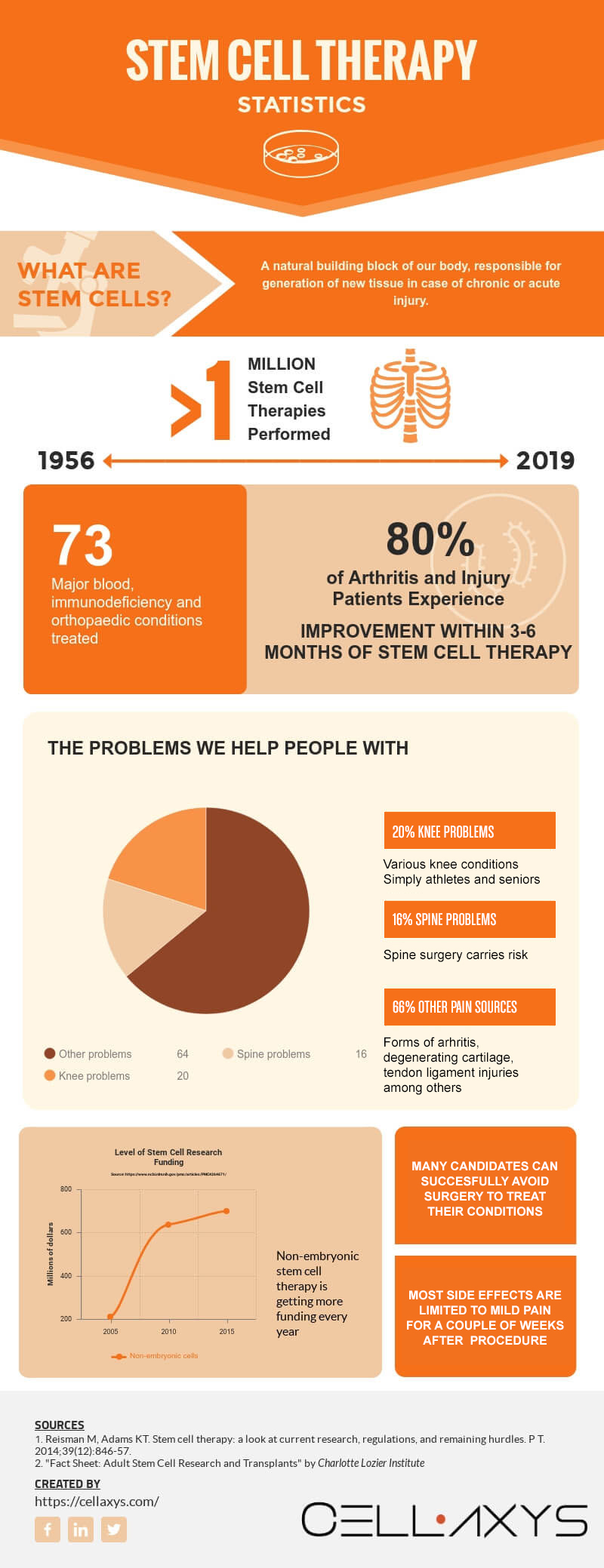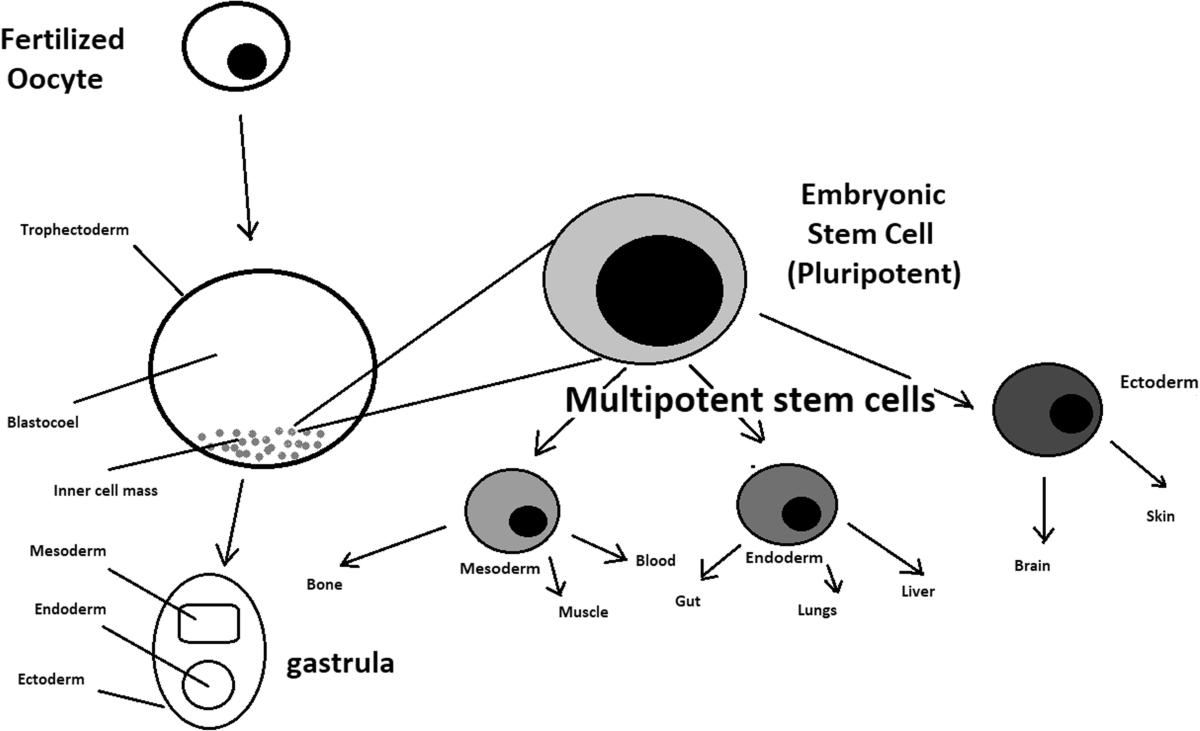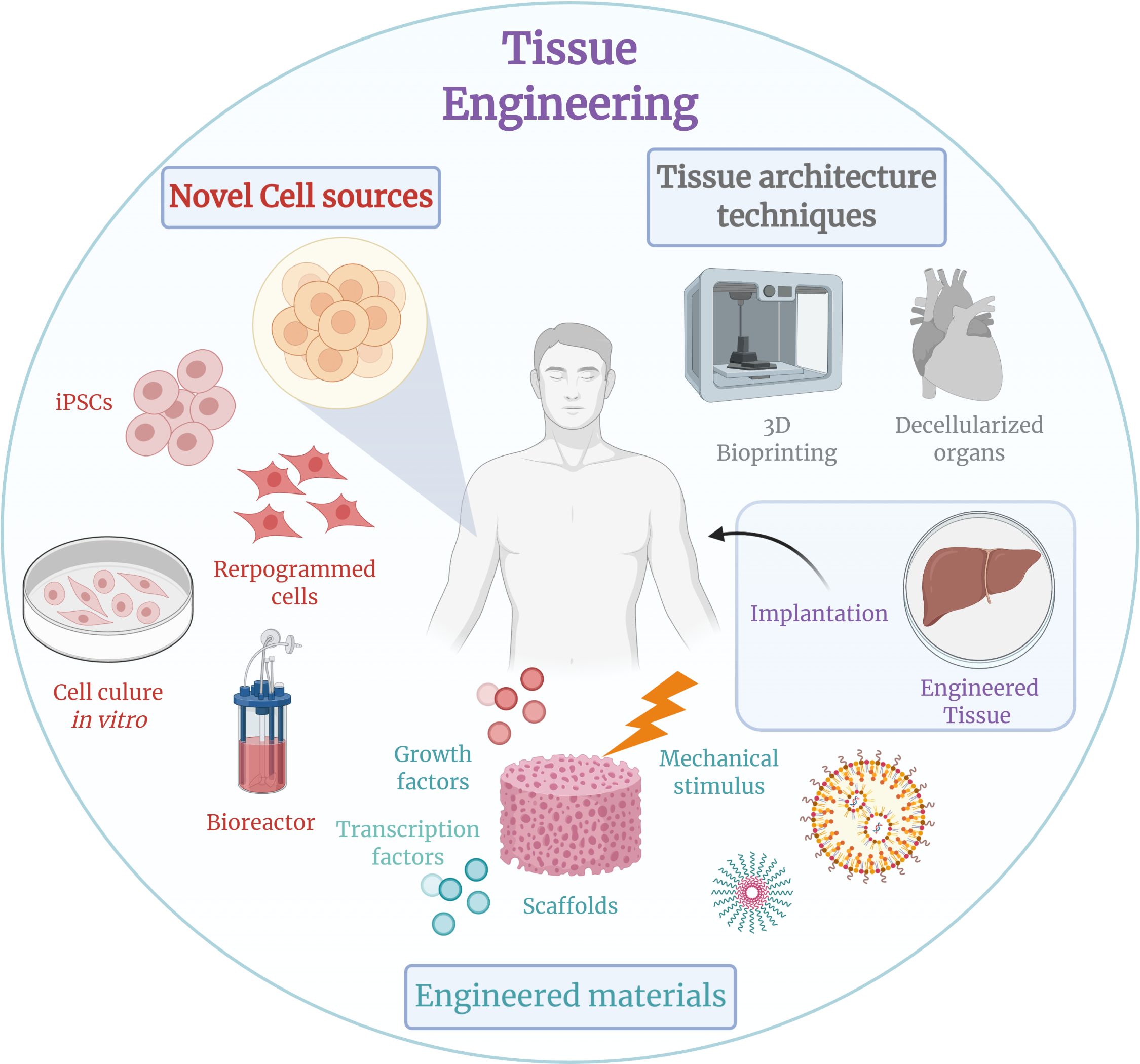
[/image][=video]
[/video]
The majority of sites used for bone marrow harvesting are situated in the hip bones and the breast bone. In recuperation, the contributor might experience some pain in the areas where the needle was placed.

If an autologous transplant is intended, previously gathered stem cells, from either outer (apheresis) or harvest, are counted, screened, and prepared to instill. The preparations for a bone marrow transplant vary depending upon the sort of transplant, the disease needing transplant, and your tolerance for sure medicines. Think about the following: Frequently, high doses of chemotherapy and/or radiation are included in the preparations.
Ablative treatment stops this process of cell production and the marrow becomes vacant. An empty marrow is required to make space for the new stem cells to grow and develop a new blood cell production system.
It is not a medical procedure to place the marrow right into the bone, yet is comparable to getting a blood transfusion. The stem cells discover their means right into the bone marrow and begin recreating and expanding new, healthy and balanced blood cells. After the transplant, supportive care is provided to stop and deal with infections, negative effects of therapies, and complications.
Medical Group
The days prior to transplant are counted as minus days. The day of transplant is considered day zero. Engraftment and recuperation following the transplant are counted as plus days.
The days are numbered to aid the client and family members recognize where they are in terms of dangers and discharge preparation. During infusion of bone marrow, the person may experience the following: Discomfort Chills Fever Hives Breast pain After infusion, the patient might: Spend a number of weeks in the healthcare facility Be very vulnerable to infection Experience extreme bleeding Need blood transfusions Be confined to a clean atmosphere Take numerous anti-biotics and various other medications Be given medication to stop graft-versus-host diseaseif the transplant was allogeneic.
Depending upon the kind of transplant and the condition being treated, engraftment normally takes place around day +15 or +30. Blood counts will be inspected often during the days adhering to transplant to evaluate initiation and development of engraftment. Platelets are generally the last blood cell to recuperate. Engraftment can be postponed due to the fact that of infection, medications, reduced contributed stem cell count, or graft failing.
Bacterial infections are one of the most typical. Viral and fungal infections can be serious. Any type of infection can create an extensive healthcare facility remain, avoid or delay engraftment, and/or reason irreversible body organ damage. Prescription antibiotics, antifungal medications, and antiviral medicines are often provided to attempt to avoid significant infection in the immunosuppressed client. Thrombocytopenia (reduced platelets) and anemia (low red cell), as an outcome of a nonfunctioning bone marrow, can be harmful and even life-threatening.
Discomfort pertaining to mouth sores and stomach (GI) irritation is typical. High doses of chemotherapy and radiation can trigger extreme mucositis (inflammation of the mouth and GI tract). Liquid overload is a difficulty that can lead to pneumonia, liver damages, and hypertension. The primary factor for fluid overload is due to the fact that the kidneys can not stay up to date with the big amount of liquid being given up the type of intravenous (IV) medications, nutrition, and blood items.
Stem Cell Therapy

Respiratory standing is an important feature that may be endangered during transplant. Infection, inflammation of the air passage, fluid overload, graft-versus-host illness, and blood loss are all potential deadly complications that may happen in the lungs and pulmonary system. The liver and heart are very important organs that might be harmed during the transplantation procedure.
Failure of the graft (transplant) taking hold in the marrow is a potential complication. Graft failing may take place as an outcome of infection, reoccurring illness, or if the stem cell matter of the donated marrow wanted to cause engraftment. Graft-versus-host condition (GVHD) can be a serious and lethal issue of a bone marrow transplant.
Instead of a body organ transplant where the person's immune system will certainly try to deny just the transplanted body organ, in GVHD the brand-new or hair transplanted body immune system can attack the whole person and all of his or her organs. This is due to the fact that the new cells do not acknowledge the tissues and body organs of the recipient's body as self.

The most usual websites for GVHD are GI tract, liver, skin, and lungs. Prognosis considerably depends upon the following: Kind of transplant Type and degree of the disease being dealt with Disease action to therapy Genetics Your age and total wellness Your resistance of particular medications, treatments, or treatments Seriousness of difficulties As with any kind of procedure, in bone marrow transplant the prognosis and long-term survival can differ substantially from person to person.
Regenerative Therapy around Livonia
Constant follow-up treatment is crucial for the patient adhering to a bone marrow transplant. New methods to enhance treatment and to lower difficulties and side impacts of a bone marrow transplant are continually being uncovered.
Accessed June 5, 2017. The hope is to restore broken cells that will not adequately recover on its very own. Regenerative medication therapies can be divided into three classifications: facilitate recovery by injecting or placing real-time cells into the person. Instances of cellular therapy include PRP and stem cell treatments, which can be made use of to treat tendinopathy and various other sports injuries.
Phys Med Rehabil Clin N Am. 2014; 25( 4 ):881 -95. As time passes, private medical professionals find out and share details, boosting the application of these therapies. See Are PRP Shots Effective?Until much more is understood, regenerative medicine treatments are ruled out common method and insurance policy strategies typically do not cover them. Many individuals agree to pay out-of-pocket. is progressing promptly with advancementsin stem cells, gene treatment, and tissue design. This write-up explores these ingenious approaches, highlighting their transformative potential for cells and body organ repair work. are positioned to revolutionize medical treatments and boost person results. Cell regrowth, the process of bring back shed cells to recover normal feature, differs throughout different cells and organs. In Drosophila larval wing discs, cells immune to apoptosis aid cells regeneration. Mouse figure suggestion regeneration is moderated by the blastema, including numerous progenitor cells, as highlighted in this research.: The variety of cells within a tissue can influence regrowth. Outer nerves, for instance, include Schwann cells, nerve fibroblasts, and immune cells, each contributing in nerve regeneration, as gone over here. These aspects interact dynamically, making cell regeneration an intricate process that varies based on the details tissue or organ. Cell regeneration plays an essential duty in maintaining the body's general healthand wellness. It is accountable for repairing and replacing damaged or aging cells, making certain the correct performance of body organs and cells. Efficient cell regrowth therapy can considerably affect the treatment of various medical conditions, including degenerative diseases, injuries, and even the aging procedure. Numerous significant milestones have actually noted the development of cell regeneration research. In the late 18th century , Italian biologist Lazzaro Spallanzani carried out pioneering experiments on the regrowth of amphibian limbs, offering evidence for the regenerative ability of certain microorganisms. In the 20th century, the exploration of stem cells by Canadian researchers Ernest McCulloch and James Till changed the field. Harold E. Varmus, that played an important role in illuminating the hereditary basis of cancer cells, and Dr. Michael S. Brown and Dr. Joseph L. Goldstein, that uncovered the function of low-density lipoprotein (LDL) receptors in cholesterol metabolic process. Stem cell therapy is among one of the most thoroughly researched and appealing branches of cell regeneration therapy. This irritant causes a local swelling action, which prompts the release of development factors and the employment of regenerative cells. Over time, the regenerative cells facilitate the repair work and regrowth of injured tissues, supplying relief to people dealing with chronic bone and joint pain or joint instability. Cartilage material regrowth treatment concentrates on recovering harmed or deteriorated cartilage material, which plays an essential function in joint function and wheelchair. Some cells, such as epithelial cells in the skin or the lining of the gastrointestinal system, have a high turnover price and can restore rapidly. On the other hand, cells in the main nerves, such as neurons, have actually limited regenerative capability. This variation is primarily as a result of the intricacy of the tissue, the existence of repressive factors, and the cellular environment. Cell regrowth treatment uses encouraging options for increasing wound healing and treating various injuries.
Navigation
Latest Posts
Perimenopause Treatment
Regenerative Therapy local to Livonia
Hormone Therapy local to Livonia, Michigan